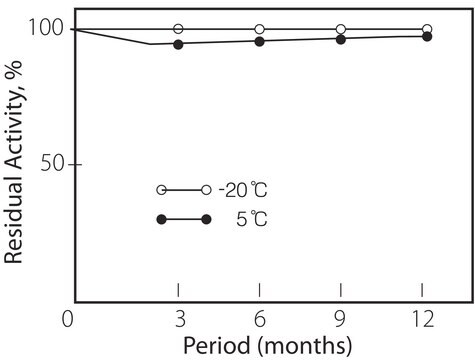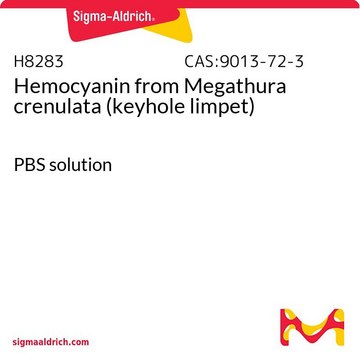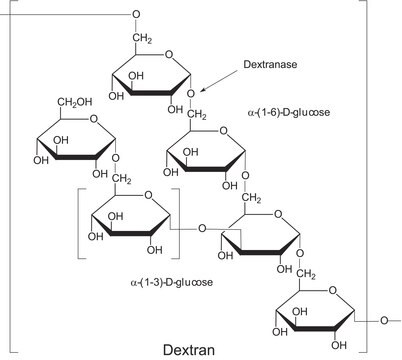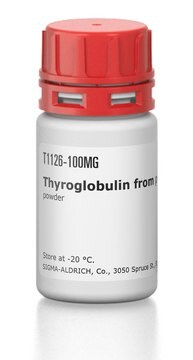I0408
Invertase Glycoprotein Standard
BioReagent, from Saccharomyces cerevisiae, for proteomics
Sinonimo/i:
Invertase from baker’s yeast (S. cerevisiae), β-D-Fructofuranosidase, β-D-Fructofuranoside fructohydrolase, Saccharase
About This Item
Prodotti consigliati
Origine biologica
Saccharomyces cerevisiae
Livello qualitativo
Grado
for proteomics
Nome Commerciale
BioReagent
Forma fisica
lyophilized powder
PM
60 kDa
Concentrazione
≥0.5 mg/vial protein (E1%/280)
Temperatura di conservazione
2-8°C
Cerchi prodotti simili? Visita Guida al confronto tra prodotti
Applicazioni
- to generate N-linked glycan library
- as a negative control to study the binding of lectins to high mannose structures
- for sample pre-treatment in proteomic analyses to study drug-induced toxic epidermal necrolysis
Azioni biochim/fisiol
Altre note
Avvertenze
Danger
Indicazioni di pericolo
Consigli di prudenza
Classi di pericolo
Resp. Sens. 1
Codice della classe di stoccaggio
10 - Combustible liquids
Classe di pericolosità dell'acqua (WGK)
WGK 3
Dispositivi di protezione individuale
Eyeshields, Gloves, type N95 (US)
Certificati d'analisi (COA)
Cerca il Certificati d'analisi (COA) digitando il numero di lotto/batch corrispondente. I numeri di lotto o di batch sono stampati sull'etichetta dei prodotti dopo la parola ‘Lotto’ o ‘Batch’.
Possiedi già questo prodotto?
I documenti relativi ai prodotti acquistati recentemente sono disponibili nell’Archivio dei documenti.
I clienti hanno visto anche
Il team dei nostri ricercatori vanta grande esperienza in tutte le aree della ricerca quali Life Science, scienza dei materiali, sintesi chimica, cromatografia, discipline analitiche, ecc..
Contatta l'Assistenza Tecnica.
















